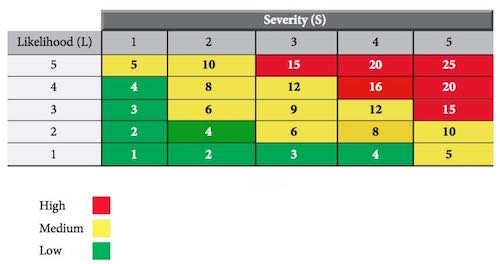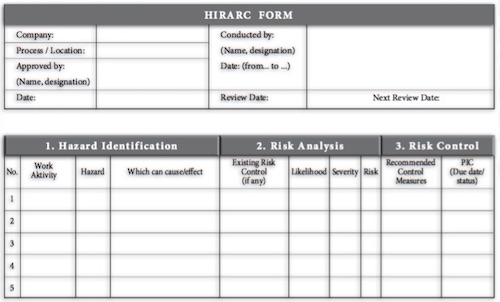Compressed gas is one or more compressed gas in a container that has a pressure exceeding 40 pounds per square inch (PSI) at 37.8 ° C (100 ° F).
Type of gas
1- Flammable or highly flammable
2- Explosive
3- Corrosive
4- Toxic
5- Inert gas
6- or a combination of several types of gas
Compressed Gas Hazard / Common Risk
- Compressed gases will EXPAND many times (e.g. two times the volume of the pressure drop in half)
- Exposed to inert gases, toxic or flammable gases.
Physical Hazard
- Explosion
- Uncontrolled projectile.
Chemical Hazards
- Asphyxiation
- Poisoning
- Anaesthetic effects
- Tissue Damage
General Prevention
- Not directly pointing at yourself or others while spraying to get rid of dirt and dust
- Joking with the use of compressed gas is not allowed.
- Assume each cylinder filled with full content and handle it with care.
- Always use a trolley. Do not drag or roll cylinders.
- Keep ALL the cylinders are not easily fall. E.g. upright and tie using a chain.
- Keep the cylinder in the proper position and avoid contact with direct light rays, heat sources, flammable chemicals etc..
- Always turn off the hose valves. NO bend hoses.
- Air hose connectors must be securely tied (if not used).















